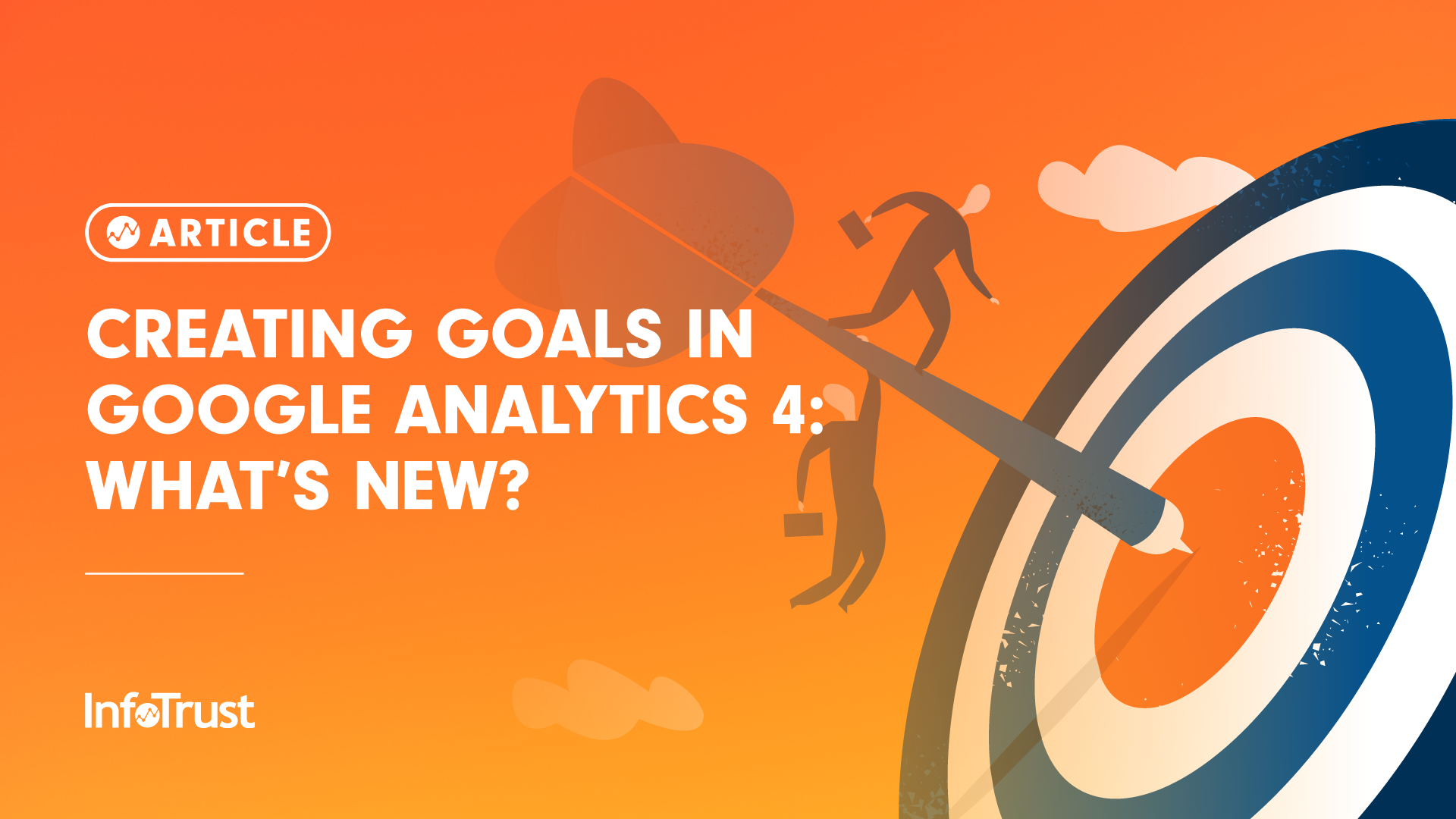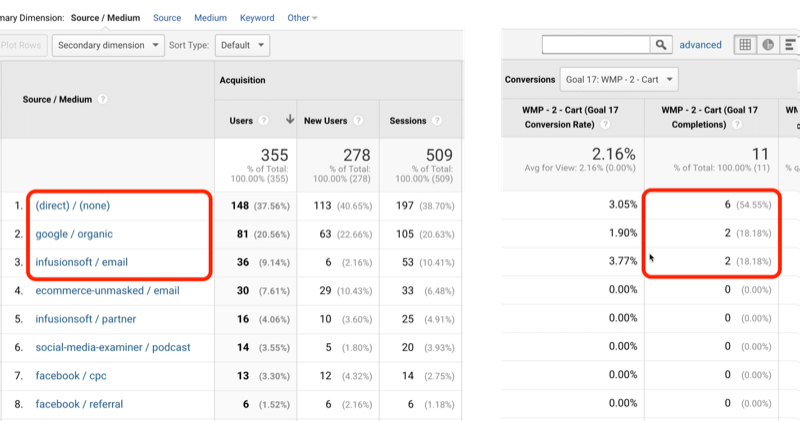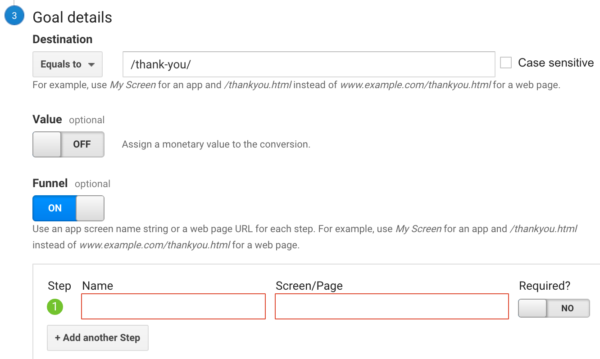Introducing the Blind Attractions: Recognizing What Google Analytics Goals Can not Measure
In the world of electronic analytics, Google Analytics stands as a powerful tool for tracking and analyzing on-line user communications. Comprehending what Google Analytics goals can not measure is vital for getting an extensive sight of individual actions and involvement.
Individual Behavior on External Platforms
Comprehending exactly how individuals interact on external systems is critical for enhancing on-line approaches. Outside systems, such as social networks networks, reference web sites, and on-line discussion forums, play a considerable role in driving website traffic to a company's web site. By evaluating customer habits on these systems, companies can gain useful insights into the effectiveness of their advertising and marketing efforts and the preferences of their target market.
One key element of user actions on external platforms is the recommendation resource. By tracking where the users are originating from, businesses can determine which platforms are driving the most traffic to their website. This information can assist business designate their resources better, concentrating on the platforms that produce the very best outcomes.

Offline Conversions and Interactions
Evaluating individual behavior on external platforms provides valuable insights into online approaches; however, considering offline conversions and communications is similarly important for an extensive understanding of a company's total efficiency. While Google Analytics succeeds at tracking on the internet interactions, it falls brief in capturing the complete consumer trip that often includes offline touchpoints. Offline conversions, such as in-store acquisitions or phone queries, play a significant role in many organizations' success. Overlooking these communications can result in a distorted view of the efficiency of advertising campaigns and total organization efficiency.

Acknowledgment Beyond Last Click
When diving right into the realm of digital advertising analytics, it ends up being necessary to look beyond the single touchpoint of the last click for a much more thorough understanding of acknowledgment. While Google Analytics provides valuable understandings right into customer actions, relying solely on last-click attribution can be limiting - what data is google analytics goals unable to track. Acknowledgment versions that go past the last click offer a more nuanced view of the client journey, taking into consideration all the touchpoints that bring about a conversion
Attribution beyond the last click allows online marketers to designate credit history to different interactions along the conversion path, offering a more clear image of the efficiency of different advertising and marketing networks. By checking out multi-touch attribution models such as straight, time decay, or position-based attribution, businesses can much better allot their advertising and marketing spending plans and enhance their strategies for optimal effect.
Comprehending the influence of each touchpoint in the conversion process is crucial for making informed decisions and optimizing ROI. By welcoming acknowledgment past the last click, organizations can get deeper understandings right into customer actions and tailor their advertising and marketing initiatives better.
Cross-Device and Cross-Browser Monitoring

Likewise, cross-browser monitoring enhances cross-device tracking by capturing user habits as they change in between different web internet browsers. Recognizing how users communicate with web sites on numerous browsers can help marketing experts optimize their online experiences to ensure consistency and functionality across different platforms.
Qualitative Information and Individual Intent
Understanding user intent through qualitative data analysis is important for creating targeted electronic advertising methods that resonate with the requirements and preferences of the target audience. Qualitative information offers insights into the 'why' behind user activities, shedding light on inspirations, feelings, and choices that quantitative information alone can not capture. By analyzing customer responses, remarks, and interactions, marketing professionals can discover important details concerning individual intent, enabling them to tailor their messaging, web content, and offerings to much better line up try this with what their audience is looking for.
Qualitative data likewise helps in recognizing the context in which customers engage with a web site or app. This contextual understanding enables marketers to create even more personalized and relevant experiences, inevitably driving higher involvement and conversion prices. By delving right into user intent via qualitative data analysis, organizations can get a deeper understanding of their target market, resulting in extra efficient advertising and marketing techniques that meet customers' expectations and requirements.
Conclusion
Finally, Google Analytics objectives have restrictions in determining user habits on outside platforms, offline conversions, acknowledgment past last click, cross-device and cross-browser monitoring, and qualitative information related to customer intent. what data is google analytics goals unable to track. It is essential for organizations to be knowledgeable about these blind spots in order to supplement their information evaluation with other tools and approaches to gain a much more thorough understanding of their audience and enhance their overall digital advertising and marketing techniques
By assessing customer behavior on these platforms, services can gain beneficial insights into the performance of their advertising and marketing efforts and the preferences of their target audience.
Examining individual actions on external platforms offers useful understandings right into on-line approaches; nonetheless, thinking about offline conversions and communications is just as critical for a comprehensive understanding of a company's overall performance.In digital marketing analytics, moving beyond last-click attribution to read explore cross-device and cross-browser tracking is vital for getting an all natural understanding of customer communications throughout different platforms and gadgets. By evaluating individual feedback, comments, and communications, marketers can reveal useful info concerning customer intent, permitting them to tailor their messaging, material, and offerings to better straighten with what their target market is looking for.
By delving into customer intent through qualitative information evaluation, organizations can obtain a much deeper understanding of their target audience, leading to a lot more effective advertising techniques that fulfill individuals' assumptions and needs.